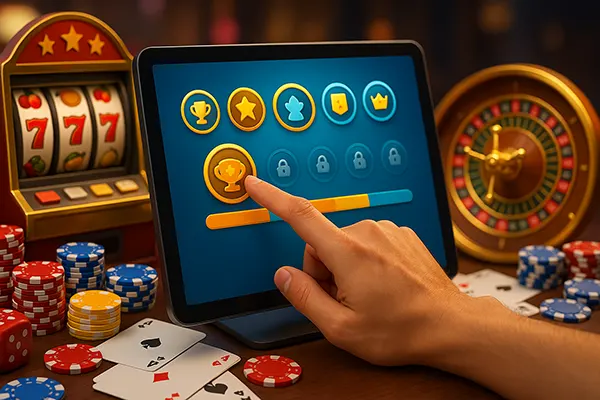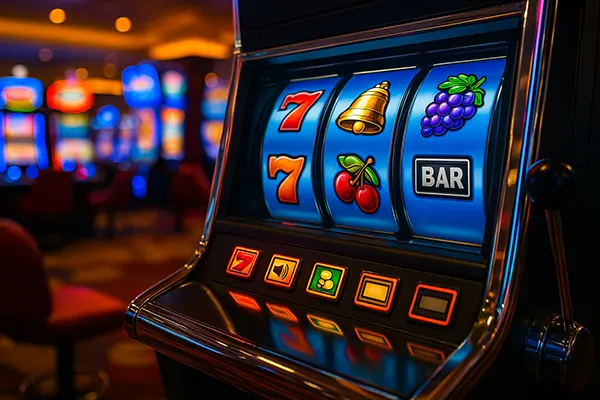Poker strategy

Before you start learning poker strategies, it is worth remembering that there is no one ideal one that allows you to win all the time. This is due to the peculiarities of poker and the individual traits of character and behavior of each person. That is why when describing strategies, the basic rules of the game are used, which can significantly reduce the likelihood of losing.
Poker etiquette
At the table, the following rules of etiquette should be observed:
- Do not draw too much attention to yourself. The player must behave calmly and with restraint. Any game to the public or statements towards other players is excluded. Emotions can be shown after the game is over.
- Cards, like chips, must always be on the table. It is forbidden to put cards under the table, as in this case the player may be accused of cheating. Chips, on the other hand, show other participants the betting opportunities.
- Throwing cards or chips has long been considered a sign of bad taste in poker. Doing so is not worth it, even if emotions take over.
- Moreover, you should not show off your cards and discuss them with your opponents.
- As for emotions, you should always keep them with you. No movements and facial expressions should tell opponents what cards you may have. It is allowed to mislead other players. But joy, anger and anger are best left for later.
- When playing, everyone places bets in turn in a clockwise direction. It is not necessary to climb ahead of the rest and try to make a bet or reveal cards faster. You always have to wait your turn.
- If the game is played with a live dealer in a land-based casino, it is considered good manners to tip him after a good win.
- The image of each player must be individual. Don’t try to imitate someone else.

The interesting features of poker include statistics, according to which only every fifth deal gives a relatively normal combination. In all other cases, a bluff or semi-bluff brings victory. It is worth dwelling on each term in more detail:
- Bluff. This is the name of the situation in which the player does not have any combination in his hands, but he deliberately raises the bets, making it clear that everything is fine with him.
- Semi-bluff. The only difference is that the player has a combination in his hand, but it is weak.
Both options are used to mislead other players. They might think you have good cards and fold theirs. Most often, semi-bluff is used now. But, as for true professionals, they rarely use such techniques. They initially create an appearance of complete confidence in the game and it will never be possible to understand what such players are up to.
Of course, there is a chance to open a bluff or a semi-bluff. But for this you will have to carefully calculate all possible combinations of the opponent, using the fundamental theory of poker. Other players in the game can do the same. Therefore, bluffing is recommended only when you have a strong winning combination at least theoretically. Bluffing just like that is possible only in a game with beginners.
It should be understood that reading opponents is an important part of the game. Here you need to take into account the very fact that each person is individual and behaves differently in different situations. If you manage to understand all this, notice the strengths and weaknesses of your opponents, then you will win much more often. For example, if another player always raises on good combinations and folds on weak hands, then it is obvious that he is acting straightforwardly and it will not be difficult to understand him.
For a successful poker game, it is recommended to study in advance the mathematical table of winning starting combinations and the probability table of the layout of paired cards. This will allow you to feel confident at the table even when surrounded by more experienced players.




